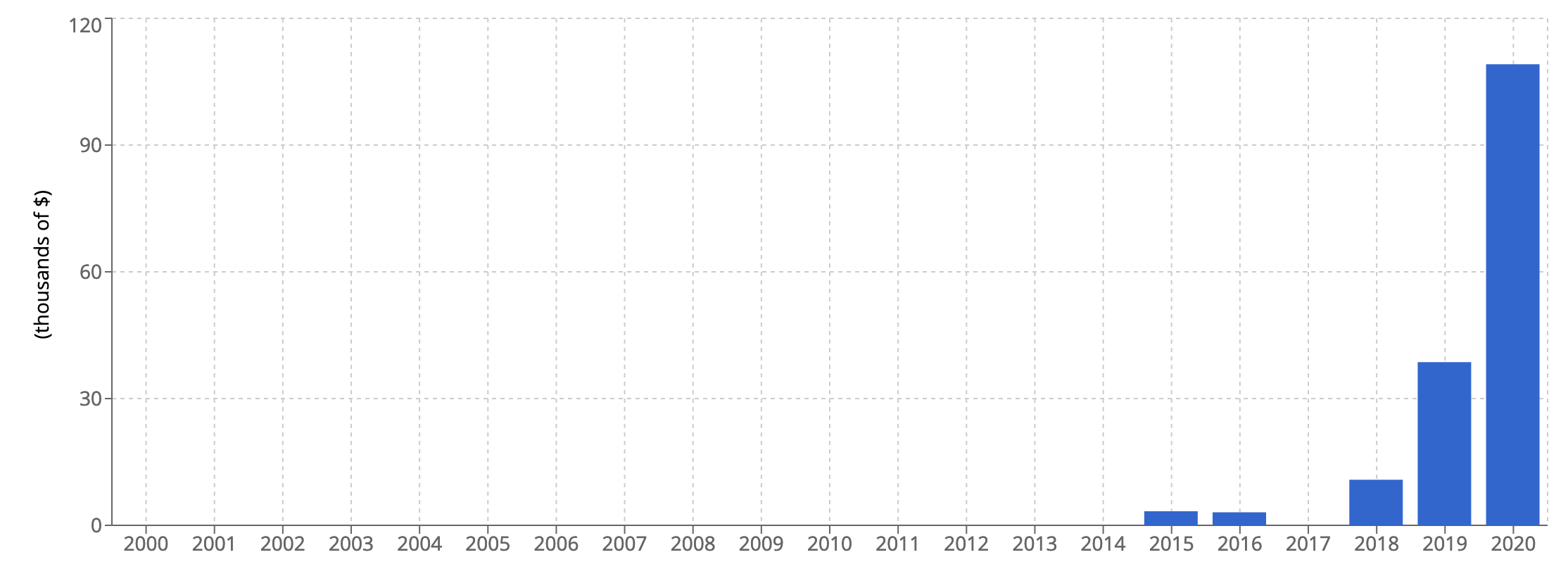Focus on Zanele Muholi
[13/11/2020]Aged 48, South African artist Zanele Muholi has already had lots of public exposure, received numerous honours and is regularly invited to speak at conferences. In terms of sexual identity, Muholi claims to be ‘non-binary’ and therefore uses they/them pronouns. With an upcoming retrospective at the Tate Modern, Muholi’s photographs are currently in strong demand. Originally scheduled for 5 November, the opening of the exhibition has been postponed until 2 December as a result of restrictions related to the second wave of coronavirus. It should then continue until 7 March 2021.
Recognized around the world, from the Rencontres d’Arles, to Documenta 13 in Germany, to the Berlin, São Paulo and Venice Biennials, to the Louis Vuitton Foundation in 2017, and to the Tate Modern, Zanele Muholi already has an exceptional CV, punctuated by prestigious awards such as the title of Chevalier des arts et des lettres (2017), the Lucie Prize (2019) and, most recently, the Spectrum Prize (2020) for images which “exude a strength and beauty rarely encountered in Contemporary photography.”
For Zanele Muholi, “photography is not a luxury, it’s visual activism”. Muholi is therefore an activist as much as a photographer. Activist on issues of gender, sexuality and skin color. We know Muholi’s striking portraits of black lesbians denouncing the “corrective rape” to which women are regularly subjected in South Africa, although the Constitution stipulates that no-one can be persecuted for their sexual orientation and that gay marriage has been legalized since 2006.
Photography is not a luxury, it’s visual activism…
In 2006 Zanele MUHOLI created a highly sough-after series entitled Faces and Phases Follow up, consisting of three hundred portraits of women photographed at different times in their lives. “I seek to establish a relationship based on a mutual understanding of what it means to be female, lesbian and black today,” explains the artist. But another, more recent series has been met with tremendous commercial success. Started in 2014 under the title Somnyama ngonyama, meaning Praised be the black lioness in Zulu, this latest series has already toured the world. The photographer is in front of and behind the lens, with a piercing gaze, decked out in various accessories: surgical gloves inflated with helium, a lace veil, a rope around the neck, etc… “My goal is to make 365 – as many as there are days in a year. Because each day is a test; tomorrow is not made of the same essence as yesterday” confides the artist.
Every day is a test, tomorrow is not made of the same essence as yesterday.
Magnetic, Muholi’s portraits and black and white self-portraits in editions of eight cost between $5,000 and $30,000, depending on size. Less rare, editions of 50 are a little cheaper; around $2,000-3,000, but the prices are changing quickly. Recently auctioned prints have tended to exceed their estimates, even from editions of 100. From Johannesburg to Paris, from London to New York, a wave of enthusiasm is starting to be felt in sales rooms. Although there appear to be more and more works coming onto the secondary market, the choice of works is seems limited. The primary sellers of Zanele Muholi’s works are still the artist’s three major reference galleries: Stevenson in Cape Town and Johannesburg, and Yancey Richardson in New York and the Wentrup Gallery in Berlin giving the artist substantial international exposure.
 Zanele Muholi. Chronological progression at auction
Zanele Muholi. Chronological progression at auction
.
Article by Artprice published in DIPTYK magazine in October 2020, under the title “How to buy a Zanele Muholi”.




 0
0
